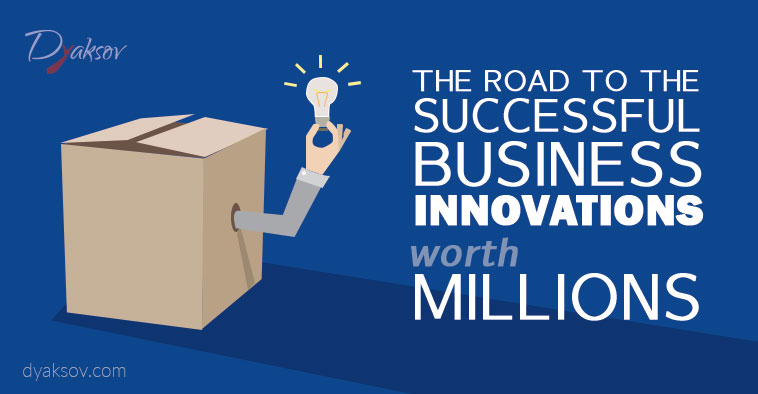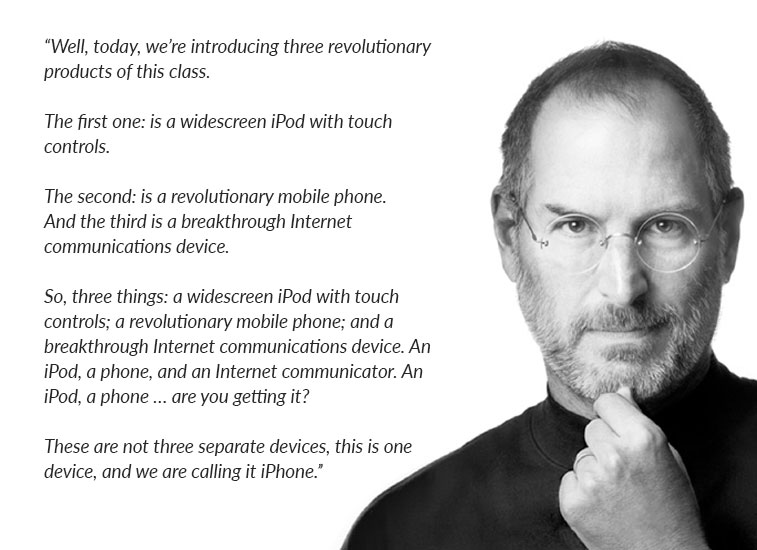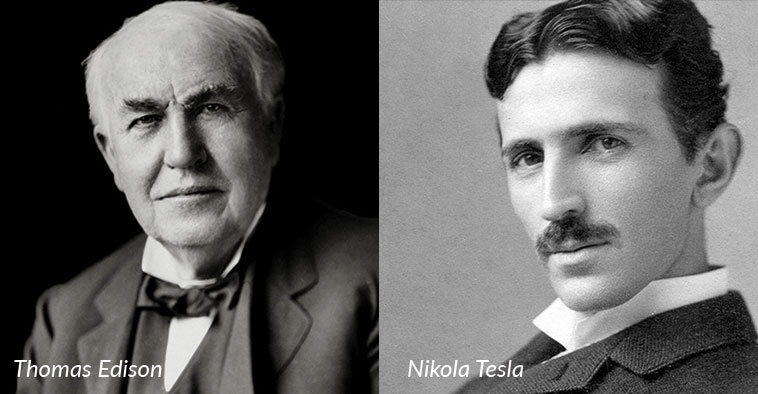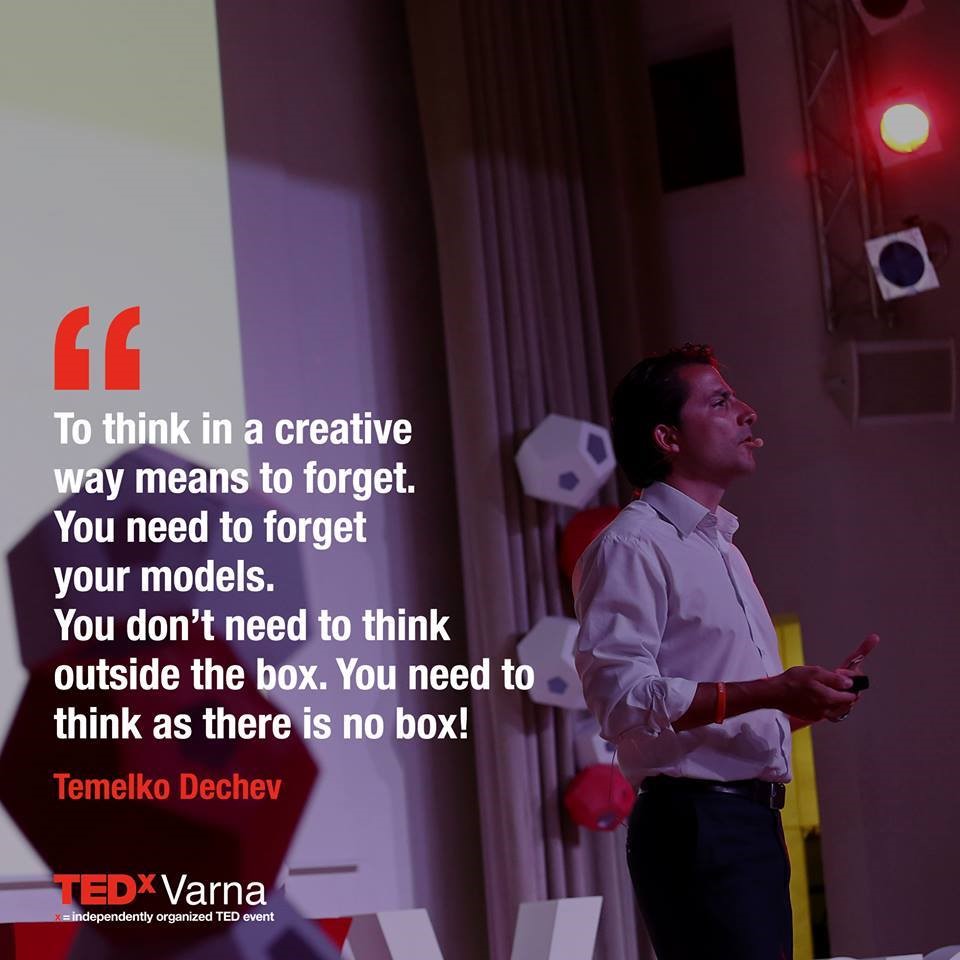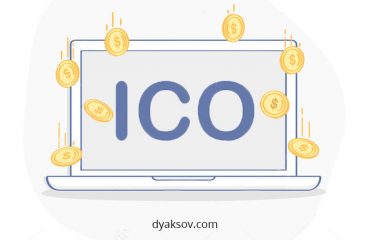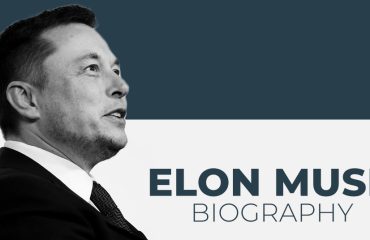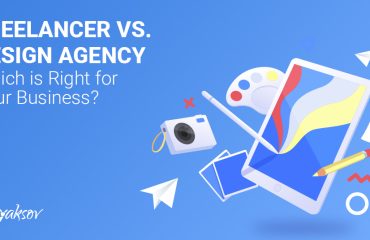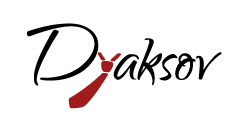What’s your first association when you hear the word “innovation”? Do you know what it really means? What are the types of innovation? What is their role in the contemporary business world? Why is it so important (and desired)? If you want to know the answers to all these questions and more, keep reading.
TEDxBulgaria
Before I begin, I would like to disclose the reason and inspiration that stand behind the writing of this text. I am greatly inspired by TED videos that bring me new ideas and motivation. Moreover, I am really satisfied and happy about the fact that Bulgaria hosts more and more similar events with every single year. TEDx are independent TED-like events, licensed by TED, that follows its principles and its main idea – talking about “Ideas Worth Spreading”. TEDx events are already popular amongst the Bulgarian public – for some years now TEDx events have taken place in different Bulgarian cities. The initiative taken by young people, the lovely and professional execution, the ambition, the spirit, which grows in the atmosphere contribute greatly to the positive change of our society.
Following this train of thought, I am extremely happy that a TEDx event will happen in my hometown Plovdiv. The event is organized by two friends of mine – Stoyan Naydenov and Galin Zhelyazkov, and it will take place on 23rd April 2017. With huge anticipation we are waiting for its happening – for the first time Plovdiv, under TED’s license, the city will witness the inspirational and changing fates stories, to important ideas and topics. You can find more information about it on their website.
This text is also inspired by the amazing TEDx presentation on Innovation in business: being a market maker or market taker, by a very good friend of mine – Temelko Dechev, on TEDxVarna.
Actually this subject is a complex puzzle, consisting of small parts containing shades of the same colour. It combines different aspects of our character and our daily and business decisions.
But how our mental models shape our surroundings, our life, and business? There is a philosophical theory, according to which people are born with a pure mind – Tabula Rasa. When we are little, we are curious about everything that surrounds us. This clean slate (Tabula Rasa) which represents our mind can’t wait to be filled with knowledge and that’s why we ask questions. The more we grow, the more our anxiety prevails and we worry whether the question’s stupid/inappropriate/lame, until the questions stop. This not only limits our growth as human beings, but also limits us as business innovators. This is a sure way to become a market taker (follower). A leader is that person who is a reflector of all emotions and reactions – positive and negative. Therefore, fear of failure, of not knowing, and worrying have no place among the skills of a leader. This combination of business, philosophy and nature needs you to forget – forget about fear, about what’s normal, about the box and the limits. Only then we will be free to create and to be innovators.
What is an innovation?
Which are the prerequisites to be free and create new trends and products? Amongst the ones including different definitions and formulas, I consider the most important two of them: challenge the status quo and harness the underappreciated trends. In any industry, working models tend to change with the course of time. But that change doesn’t just happen – it is a product of work and building a new trend. Unlike the employees that just obey the established processes (no matter if it’s a good or a bad one), the ones that even think alike and talk alike, innovators are contrarians. They turn their back to the large groups of people in order to find the new, the better. In their quest to upend industry rules, they learn how to distinguish “immutable laws” from “ingrained beliefs.” They exploit the unhealthy reverence incumbents have for precedent.
Actually, you don’t need crystal ball in order to be an innovator – you need a wide-angle lens and an open mind. Sometimes your inspiration comes from the works of someone else’s – innovators catch the new trends and find ways to implement them in a real (business) environment.
There are a lot of different types of innovation, depending on the factors they are divided. Most often it uses the division on its impact on the market and the people:
- Breakthrough innovation
- Disruptive innovation
- Incremental innovation
Breakthrough innovation
Breakthrough (or radical) innovations are usually the first association that people have when they hear the word “innovation”. They are a radical, fundamental change in the existing market/product/world leading to primordial change and the emergence of new things unmatched to date. Moreover, such a product /such innovation/ mostly combines functionalities and properties of several different products in one. One of the most famous examples of radical innovation are Apple products. When the iPhone hit the market, its simplicity, beauty, functionality and ease of use outshined all other established mobile phone producers on the market. Of course, there were other devices that could do similar things like Apple device could, but none of them even came close. Ultimately, the product was different and its vision and look into the future, its needs made a radical change, although the technology was already existing.
These are innovations with the strongest response in society and the greatest impact in our future world. But as such – they are most difficult for execution. Only part of the obstacles include:
– Lack of funds – obviously, this is the main reason why startups fail. Breakthrough innovations are … well, radical, and the market is not always ready for such change. They are associated with unknown risks and significant costs. Successful practices show that the more precarious is a technology, the more time it takes to be imposed on the market.
– Lack of focus – Steve Jobs said it best: “You need to choose well. Innovation is saying ‘no’ to 1,000 things to make sure you do not stray from the right path and not be distracted by too many adverse things.”
– Lack of understanding of the market and its needs, and lack of technical competence.
Disruptive innovation
Clayton Christensen, one of the most prominent theoretician of disruptive innovation, gives interesting definition for the term. He considers them as a phenomenon of the periphery, or the emergence of new players who offer their services/products in a better and convenient way to market, and so reformulate the market niche, displacing traditional market unit and stepping on the scene as a new and strong competitor.
There are many examples of disruptive innovations, but one of the most popular is Dell. When Michael Dell was a student, he realized that he could order parts to assemble computers and send them to his customers. And this could happen much cheaper compared to buying a new computer from the store. This led to the launch of a brand new business model of selling computers – ordering online and delivering days after the order. This way intermediaries as part of the chain are excluded and the process is optimized. Another positive aspect is that in this way clients’ needs are better met because they can customize and “assemble” the desired device to their needs. Technically, Dell is not producing components, but optimizing and undermining the whole process, which gives them one of the top places on the market.
Incremental innovation
Simply put, incremental innovation is doing what we do now, but better. Taking measures to improve quality, reduce costs and other current upgrading processes and product improvements. Most commonly used in companies operating with high technology, which are obligated to continue to improve their products in order to maintain their competitiveness.
It comes down to three basic components:
- Meeting the needs of the consumers;
- Making the product (and the company) more competitive;
- Focusing on reducing costs.
An example could be the improving process of the phone and Internet services of a telephone network.
Another one is Coca Cola‘s launch of new innovative product tastes. Their “linear” extensions such as Cherry Coke, Coca Cola Lime, and Coca Cola Life managed to contribute to the status of the 130-year brand as a modern, sustainable, forcing new trends and covering new customer groups.
Nikola Tesla and Thomas Edison
As we are talking about this, the best example is one of the most famous feuds in history – the one between Nikola Tesla and Thomas Edison.
Tesla (not the company) is considered one of the most prominent example for a real innovator – one with a look deep into the future, that takes into account the many possibilities and probabilities. While Edison is believed to be the “perfect” businessman – he sees the underappreciated trends and their need and provides opportunities to realize them. Both are thought to be innovators – both have numerous patents for inventions that are an important part of our lives even today, both are connected to discoveries of tremendous importance that changed the world as it was known.
Everything starts from the moment when Tesla was hired as an employee in Edison’ company. After he fixes many errors in the working circuit, but does not receive adequate remuneration and leaves insulted… the “war” between them starts. Ardent supporter of the traditional and the direct current electricity, Edison often was left behind on the scale of innovation and was even trying to sabotage Tesla (as he already considered him his enemy). Tesla in turn gained more popularity with his theory on the use of alternating current electricity, as well as all his other innovations. Most of them were so ahead of their time that even the patience and the willingness of believers was exhausted. Subsequently Tesla died in poverty and Edison for the rest of his life enjoyed abundance, social recognition, and financial capital.
Tesla fits the first criteria – he challenges the status quo (in this case even the future one), and Edison “catches” new trends and makes them happen (not always with his lines of work). Some would say that Thomas Edison is just a businessman with sometimes stale understandings about science and life (https://en.wikipedia.org/wiki/War_of_Currents), who just looks for current needs and provides a solution for them. Others will protest, that even with his genius mind, Tesla’s lack of business understandings and knowledge has prevented him to achieve even more. Where’s the thin red line? Or is it really all subjective? It turns out that the combination between Tesla’s brilliant mind and Edison’s great knowledge of business and entrepreneurial mind gives just the perfect result on an innovation scale. When it comes to innovations and eradication of old habits, changing of an industry or even the whole (business) world, they go hand in hand.
After all, all important qualities come from the unlimited creativity. We have all seen the video in which an ant stays in the pencil-drawn circle. Wandering around the non-existent circle like there’s actually anything that stops her from getting out, she becomes a symbol for understanding that the boundaries are in our heads. And we have to let them go. Being set free we can give ourselves to what matter, to which we can pour our heart and soul about and create.
In fact, the first to launch a new product, process or service are those who have the advantage to seize the market and become leaders. And although they risk the most, they are those who make more profit. If we do not grow and do not develop our business and potential, the competition will eventually overtake us and the market will reject us. Just because we will not be able to respond properly to its needs, and we will be outside its circle of development, profit and meaning.
That is why innovation is so important. Only when you dare to be creative, to be free and try and risk it, despite the unknowns, we can become market makers. We can turn in those who do not only benefit from the existence of markets, but those who create them.
“The lightbulb is not an improved candle because to create a lightbulb you need to think in a different mental model. Which is, in order to have light, you need to prevent something from burning, not to burn something.”
